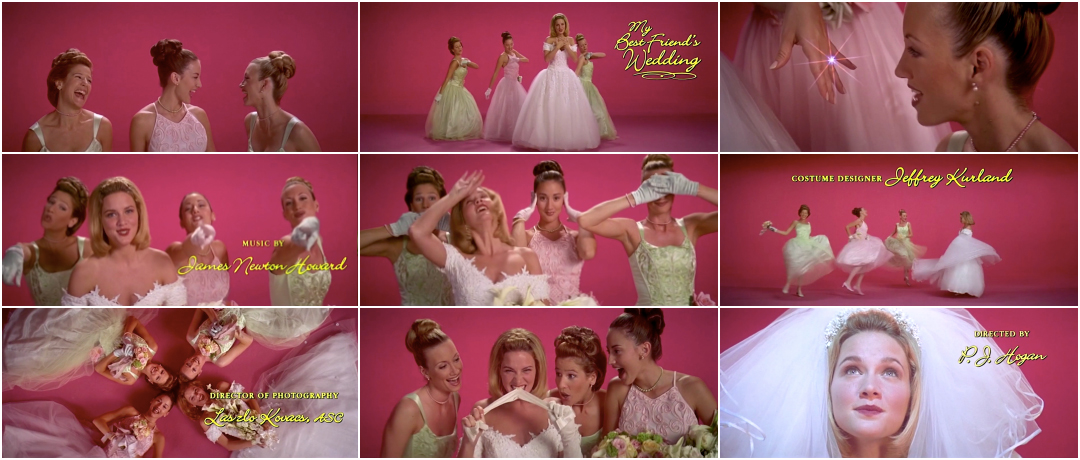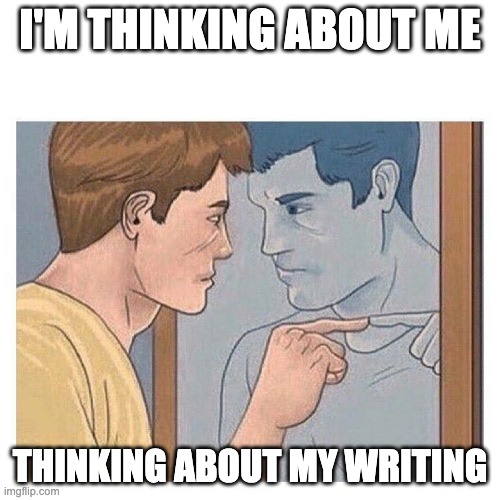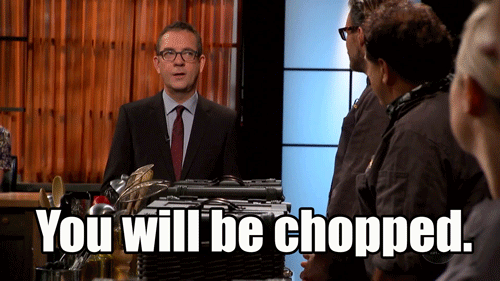Importance of Opening Titles
The opening title/credits [also called title sequences] of the film introduce the audience to the mood of the film or give a general image of how the movie will play out. Sometimes the opening matches the tone of the movie, but other times some movies like to look a certain way but actually have a completely opposite tone. (i.e. It Ends with Us; it seems very girly, rom com-like, and uplifting but rather, it has dark themes about domestic abuse, harassment, and traumatic experiences)
Flashback to 1897, the first form of a title sequence seen was when Tomas Edison put a credit at the beginning of one of his films to prevent others from stealing it, or “pirating it”. And some years later, Bronco Billy (1908) became the first film to have an actor (G.M. Anderson) be credited on the screen. Later on, (up until the 50s), credits were about a minute long, and there were clustered names on the screen with a static background, these were title cards. The aesthetics obviously differed based on the style of the story, but the format was similar. Due to the movie Man with a Golden Arm, where Saul Bass and Otto Preminger collaborated on, and sent a letter to the theaters the movie will be shown at, will be required to raise the curtain in front of the screen prior to the opening titles. This was the beginning of opening titles to a movie becoming essential and establishing them as cinematic art forms.
https://nofilmschool.com/title-sequence-matter
What does it entail?
The opening title/credits [also called title sequences] normally entails of “establishing themes and setting, introducing main characters or concepts, setting up narrative expectations”, and giving credit to those who worked on the film (the ones named will most likely be the primary actors and directors~ casting, director of photography, and of the whole film itself).
https://filmlifestyle.com/what-is-a-title-sequence/
Pretty simple right? Wrong, since this is so essential to the film, it can just as much work filming, and editing the film, to make the opening title sequence. It compares to a “grabber” sentence in an essay, as it is the first thing the audience will grab from the film.
Inspiration!
Like mentioned, It Ends with Us (2024), is a movie that is seemingly bright, romantic, but then it takes a turn. As it is a romantic drama, just like the genre of my own film opening, I will be using it. (Thank God because it has been stuck in my head for so long, and maybe that is the cause of all the drama, but it is still a perfect fit). What I will be taking away from this film’s title sequence, is the sequence of events and the colors, specifically for the second half of my intro, where there is low-key lighting, that plus the mise-en-scene gets the audience thinking of a different environment, and the feeling of romance, turned less happy. In the opening of It Ends with Us, where Lily Bloom (the main character) sees her mother again, since her father had recently passed, she was able to go into her old room, making her reminisce about the past. Compared to my film, the main character (myself), will be in her room, looking at old pictures of her and her boyfriend, and everything around her reminds her of their [the couple’s] past. The first part of my film intro will include credits like for the actors, and then when the flash transition occurs, then the title appears as she (myself), will be looking at the polaroid photos with her and her boyfriend, like how in it ends with us, the title was in the center of the 9-minute opening. (and since Ms. Ortiz told us that Cambridge does not recommend it at the end, like how I originally thought, it’s time to switch it ASAP).
Another title sequence that I got inspiration from was My Best Friend's Wedding (1997), that almost left a space for the credits to be clearly shown but still highlight what is occurring in the background of the title sequence (the iconic dance and song).
Conclusion
By mixing these two titles, I’ve created my own title sequence, just as cinematic as the rest of the film would –probably– look like. The use of flashbacks and lowkey lighting from It ends With Us, and specific angles like My Best Friend’s Wedding, to highlight the helpers of the film, are what I think works best. Obviously, during filming, there could be some changes, but the premise stays pretty much the same. (can probably add more im tired)
I'm going to start including my schedule in every blog so you can see in real time what I get done (and don’t get done…)
So, there has been some setbacks… take a look. And things are getting done yay! Almost done with checklist
January 18th-20th: Further blogs on idea
January 27th: blogs due
February 1st: chose filming location
February 3rd: Blogs due, reveal title of film intro
February 7th: ask Frances (again) to be in video and write the plot/dialogue [half done]
February 10th: figure out costumes, camera, and editing software (AND BLOGS DUE)
More like the 11th… (DONE)
February 14th: Get filming down for first 45 - 60 seconds of film intro
Will probably be moved to the 16th.. (DONE)
Things occurring on that day may interfere with filming
February 17th: Blogs due
February 24th: Blogs due
February 28th: Get filming done for the second half
March 1st: Save the day for any refilming needed (need some parts done for the second half so will be done the 1st.)
March 3rd: Begin editing process
March 7th: See if you have time to stop by You Media.
March 10th- complete CCR Pt.1
March 14th: complete CCR Pt.2
March 17th - 21st: Edit CCR and finalize the film intro





